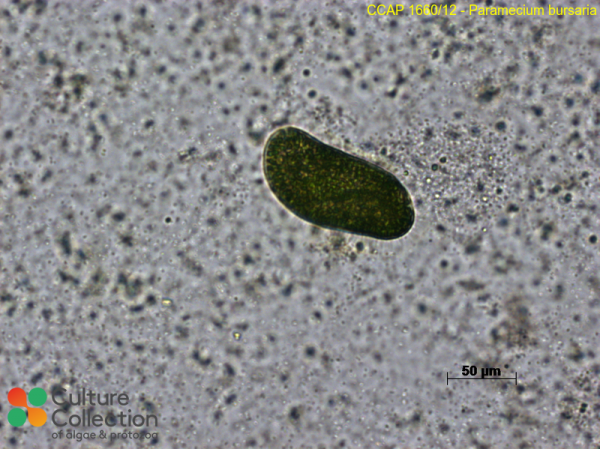References [ 7 ]
Hoshina R, Hayashi S & Imamura N (2006) Intraspecific genetic divergence of Paramecium bursaria and re-construction of the Paramecium phylogenetic tree. Acta Protozoologica 45: 377-386.
DOI: none
Hoshina R & Imamura N (2008) Multiple origins of the symbioses in Paramecium bursaria. Protist 159: 53-63.
Pröschold T, Darienko T, Silva PC, Reisser W & Krienitz L (2011) The systematics of Zoochlorella revisited employing an integrative approach. Environmental Microbiology 13: 350-364.
Hoshina R, Iwataki M & Imamura N (2010) Chlorella variabilis and Micractinium reisseri sp. nov. (Chlorellaceae, Trebouxiophyceae): Redescription of the endosymbiotic green algae of Paramecium bursaria (Peniculia, Oligohymenophorea) in the 120th year. Phycological Research 58: 188-201.
Hoshina R & Imamura N (2009) Origins of algal symbionts of Paramecium bursaria In: Endosymbionts in Paramecium, Microbiology Monographs 12, Fujishima M (Ed), Springer-Verlag Berlin Heidelberg 12: 1-29.
Spanner C, Darienko T, Biehler T, Sonntag B & Pröschold T (2020) Endosymbiotic green algae in Paramecium bursaria: A new isolation method and a simple diagnostic PCR approach for the identification Diversity 12: 240.
Spanner C, Darienko T, Filker S, Sonntag B & Pröschold T (2022) Morphological diversity and molecular phylogeny of five Paramecium bursaria (Alveolata, Ciliophora, Oligohymenophorea) syngens and the identification of their green algal endosymbionts. Scientific Reports 12: 18089.
Sequences [ 9 ]
EMBL/Genbank Links
(Bold text = submission by CCAP staff or collaborators)
Division/Phylum: Ciliates/Ciliophora Class: Oligohymenophorea Order: Peniculida
Note: for strains where we have DNA barcodes we can be reasonably confident of identity, however for those not yet sequenced we rely on morphology
and the original identification, usually made by the depositor. Although CCAP makes every effort to ensure the correct taxonomic identity of strains, we cannot guarantee
that a strain is correctly identified at the species, genus or class levels. On this basis users are responsible for confirming the identity of the strain(s) they receive
from us on arrival before starting experiments.
For strain taxonomy we generally use AlgaeBase for algae and
Adl et al. (2019) for protists.
| Attributes |
| Authority | (Ehrenberg) Focke 1836 |
| Isolator | Cann (1981) |
| Collection Site | Cavendish Pond, Cambridge, England |
| Archive Date |
2021-05-11 15:00:59 |
| Archive Reason |
Dead |
| Climatic Zone |
Temperate |
| Notes |
Green algal endosymbiont: Micractinium conductrix |
| Axenicity Status |
Bacteria present |
| Area |
Europe |
| Country |
UK |
| Environment |
Freshwater |
| Group |
Protozoa |
| Pathogen |
Not pathogenic: Hazard Class 1 |
| Toxin Producer |
Not Toxic / No Data |
| Type Culture |
No |


